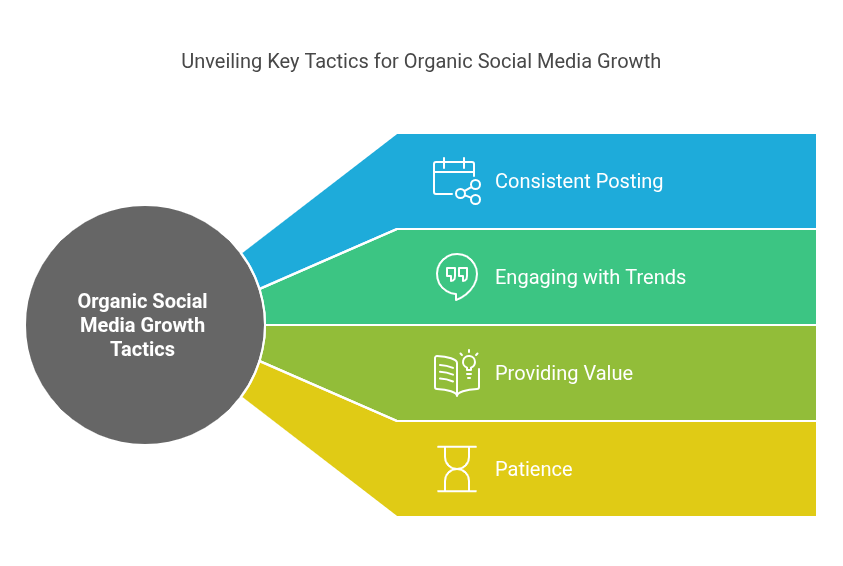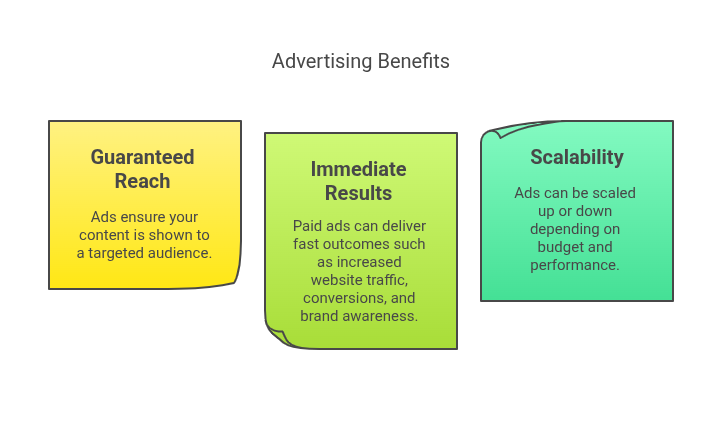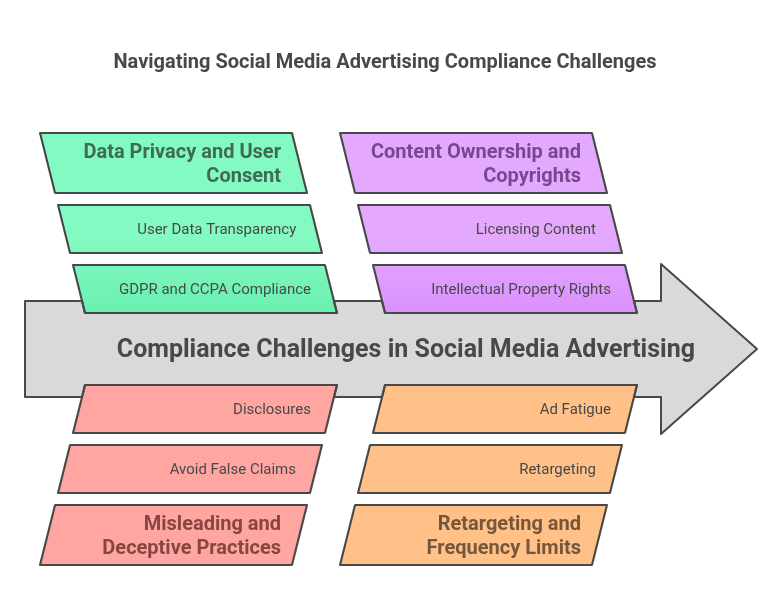Paid vs. Organic Social Media in Marketing: What to Consider When Creating Your Social Media Strategy
Social media marketing is a vital component of business strategies in 2025. With businesses vying for consumer attention across multiple platforms, understanding the key differences and best practices for both organic and paid social media strategies is crucial for success. This chapter breaks down organic versus paid social media marketing, the best use cases for each, and how to optimize your strategy for sustained growth.
Defining Organic Social Media Marketing
Organic social media marketing involves creating and sharing free content while engaging with the community. Organic content focuses on building long-term relationships with your audience, fostering brand loyalty, and providing value through consistent posting, trend participation, and organic engagement.
Key Tactics for Organic Growth:
- Consistent Posting: Regular updates increase visibility.
- Engaging with Trends: Stay relevant by adapting to viral trends.
- Providing Value: Share educational, entertaining, or insightful content.
- Patience: Organic reach is slower but sustainable over time.

Challenges of Organic Reach:
- Social media algorithms prioritize content from friends, family, and paid ads, making it difficult to reach a broader audience without spending money.
- Organic strategies require patience and consistency but are highly cost-effective.
Defining Paid Social Media Marketing
Paid social media marketing involves spending money to display ads on social platforms to a target audience. The benefit of paid ads is guaranteed reach, particularly to people who fit your target demographics, interests, and online behavior.
Key Ad Formats:
- Image Ads
- Video Ads
- Carousel Ads
- Story Ads
- Dynamic Ads
- Messaging Ads
Paid social media strategies are essential for getting quick results, especially for promotions, product launches, or urgent campaigns.
Benefits of Paid Social Media:
- Guaranteed Reach: Ads ensure your content is shown to a targeted audience.
- Immediate Results: Paid ads can deliver fast outcomes such as increased website traffic, conversions, and brand awareness.
- Scalability: Ads can be scaled up or down depending on budget and performance.

Paid vs. Organic: A Detailed Comparison
| Feature | Paid Social Media | Organic Social Media |
| Reach | Guarantees reach to new customers | Depends on social media algorithms |
| Cost | Requires budget allocation | Free |
| Effort | High creative and targeting effort | Consistent posting and engagement effort |
| Speed | Quick results | Slower, long-term results |
| Best Use Case | Boosting awareness for events or launches | Building relationships, attracting new customers long-term |
Legal Ramifications in Social Media Advertising
While social media advertising offers tremendous potential for growth, it is crucial to be aware of the legal implications that come with it. Ad regulations vary by platform, country, and industry, but there are common themes across the board:
- Data Privacy and User Consent:
- GDPR and CCPA Compliance: Social media advertisers must adhere to data protection regulations such as the General Data Protection Regulation (GDPR) in Europe and the California Consumer Privacy Act (CCPA). These laws ensure that users have control over their personal data and consent to its collection and use for targeted ads.
- User Data Transparency: Ensure that users are aware of how their data will be used and allow them to opt out of targeted advertising.
- Misleading and Deceptive Practices:
- Avoid False Claims: Ads should never make false or exaggerated claims about products or services. Regulatory bodies like the Federal Trade Commission (FTC) in the U.S. have strict guidelines for advertising practices.
- Disclosures: If you are working with influencers or using affiliate marketing, proper disclosures are required to inform consumers about the nature of the promotion (e.g., #ad, #sponsored).
- Content Ownership and Copyrights:
- Ensure that all content used in ads (images, videos, music, etc.) is properly licensed or owned. Using copyrighted materials without permission can lead to legal battles and account suspensions.
- Intellectual Property Rights: Secure permission for any third-party content used in your ads, including user-generated content.
- Retargeting and Frequency Limits:
- Retargeting: While retargeting ads can be effective, excessive ad frequency can annoy users and lead to negative perceptions of the brand. It’s important to set frequency caps to avoid overexposure.
- Ad Fatigue: Users may experience “ad fatigue” if they are shown the same ad too many times, leading to diminishing returns.

Conclusion
A balanced approach to both paid and organic social media strategies is essential for success in 2025. Paid advertising provides quick results and guaranteed reach, while organic efforts help build lasting relationships with your audience. By combining the two, businesses can leverage the strengths of both approaches and create a robust, adaptable social media presence.

